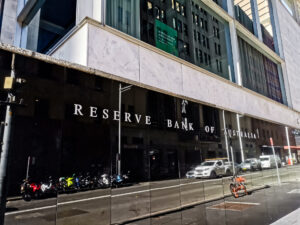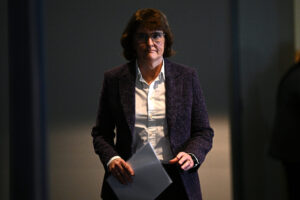Perhaps as much as a third of the rate rises since April have yet to fully hit the economy
Since April the Reserve Bank has increased the cash rate by 350 basis points from 0.1% to 3.60% – the fastest and largest increase since the late 1980s. But as policy director Greg Jericho notes in his Guardian Australia column, perhaps as much as a third of the rate rises have yet to fully flow through to the economy.
While the interest rate of new mortgages has risen the full amount, the average rate of all mortgages has only risen around 209 basis points – with many mortgage holders still yet to have their repayments increase due to the rate rates in December, let alone those in February and March.
The Reserve Bank noted this in its statement and stressed the need to gather more information before deciding whether to increase rates or keep them steady.
The most recent GDP figures show the economy overall has slowed and the signs of inflation are that the peak has been reached and much like the USA, it is not heading down. While the path to 3% inflation might take some time there seems little sense of long-term expectations rising and the 350 basis points worth of rises makes it clear the RBA is prepared to act if it believes inflation is accelerating.
The Centre For Future Work has been calling for a pause in the rates and it welcomes this decision by the RBA. There is minimal risk from observing the data after 10 successive rate rises. And workers whose wages have not kept pace with inflation will be relieved that the RBA is paying heed to warnings that slowing the economy too fast in an environment where inflation has peaked only increases the risks of sending the economy into a recession
Between the Lines Newsletter
The biggest stories and the best analysis from the team at the Australia Institute, delivered to your inbox every fortnight.
You might also like
Fearful and frozen: Why the Reserve Bank continues to err on rates
The RBA’s failures have real consequences. It should go back and closely reread the recommendations of the RBA review, particularly the ones that encourage it to open up to new and diverse viewpoints.
When targeting inflation, the RBA misses more often than it hits
With the fight against high inflation now over, will the Reserve Bank fail to learn the lessons of the past and allow inflation to fall below 2%?
Delayed RBA cut is welcome, but borrowers are still lagging
The RBA has cut interest rates – five weeks too late.


